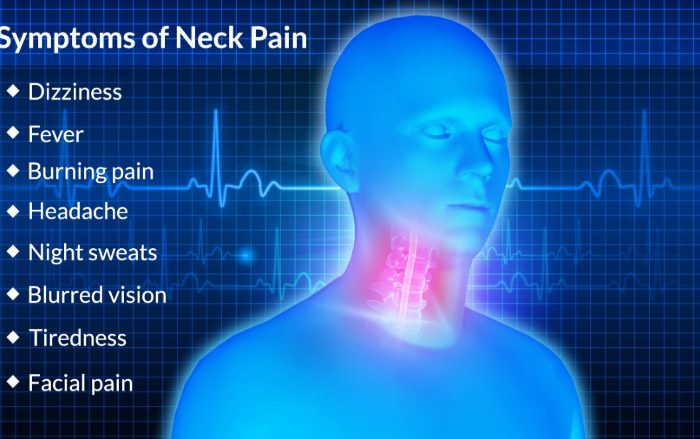What causes Osteoporosis Fracture in the spine? Osteoporosis Vertebral Fractures

Osteoporosis Fracture in the Spine
In women, osteoporotic fractures of the spine are more likely to occur in the lower portion of the thoracic vertebrae. This region bears significant stress and weight, and is particularly prone to bone fragility. Although fewer women develop this condition than men, it is still an important health condition to be aware of and monitor. Fortunately, there are many treatment options available for people with osteoporosis.

A doctor can prescribe medicines to help reduce pain, but they will not help heal the fracture. While the pain can be mild, it is important to avoid strenuous activities or heavy lifting while you are recovering. For elderly patients, doctors may prescribe bed rest. Because older bones are weaker and thinner, they will take longer to heal. Taking this condition seriously is essential for the health of your spine.
Compression fractures are caused by small breaks in the vertebrae. These breakage occurs in the front part of the vertebra. This type of fracture affects posture and can be a cause of chronic back pain. The most common type of osteoporosis-related compression fracture is osteoporosis. It can also occur from trauma or due to tumors on the spine.
Osteoporosis-induced fractures of the spine often involve the thoracolumbar joint. The most common vertebrae are L1, T12, L2 and L3. The T10 and L4 are also frequently affected. Most people with osteoporosis will experience fractures at one or more of these points. A number of these deformities can lead to a loss of height, which is not good for your overall health.
This fracture is most common among women and results from a combination of mechanical and biomechanical forces on the bone. The anterior column and half of the vertebral body are the most common parts of the spine affected by osteoporosis. In addition, the posterior osseous ligamentous complex is not affected. If you are a woman, it is important to take steps to avoid a fracture in the spine.
An osteoporosis fracture of the spine can be painful. In most cases, the pain is mild, but it may be sharp or dull. In severe cases, the fracture may be painful, requiring immediate medical attention. In the event of pain, a patient should be treated right away to prevent further damage. The pain is usually accompanied by a weakened vertebra.
The most common symptoms of osteoporosis fracture of the spine are pain and swelling. The patient will usually experience pain in the back, neck, and ribs. The fracture of the vertebra can also affect the hip. The pain of a spine fracture can be very painful. In some cases, it can cause a permanent disability. In most cases, the fracture of the spine can be prevented by addressing the cause of osteoporosis and managing the risk factors.
The pain of osteoporosis may be severe. Symptoms include pain, swelling, or a lack of stability. A fracture of the spine may also cause a fall. Proper diet and exercise can help prevent the fracture and prevent future injuries. As with any fracture of the spine, a doctor will perform an x-ray to determine the exact nature of the fracture and the extent of the damage.
A fracture of the spine may be traumatic or benign. While a sudden fracture may cause severe pain, it is not uncommon for a painful, traumatic osteoporosis. This condition affects the spine’s nerves and spongy tissues, and can lead to a serious infection. While this condition can cause bone fragility, it does not always result in pain.
Symptoms of osteoporosis-induced vertebral compression fractures (VCF) are the most common complication of osteoporosis. As the disease progresses, the risk of a fracture increases and a person can experience pain for a long time. In addition to the physical pain, the patient may also experience back pain during physical activity. If a VCF occurs, they may not be able to move easily, which will lead to serious back pain.






